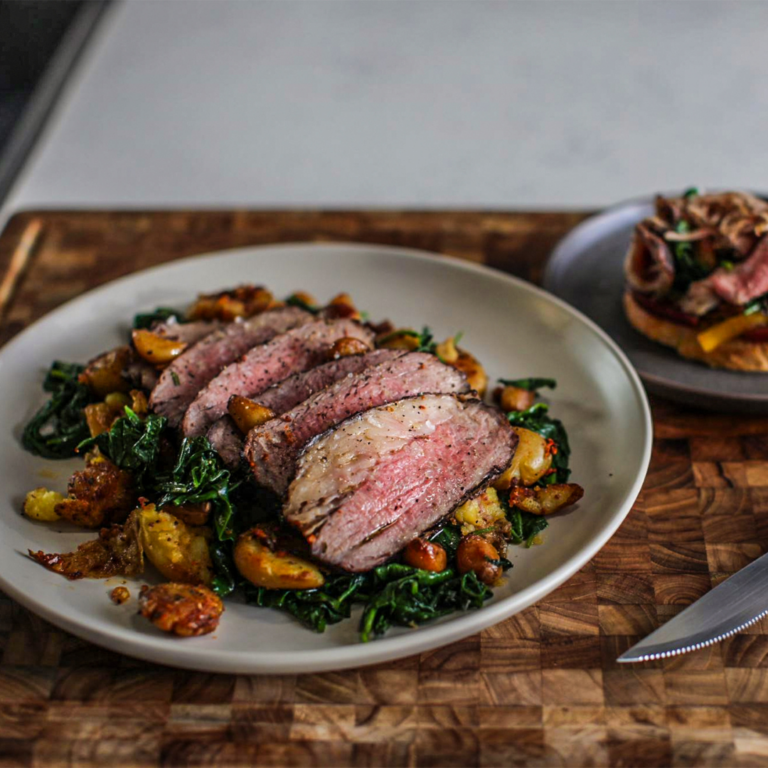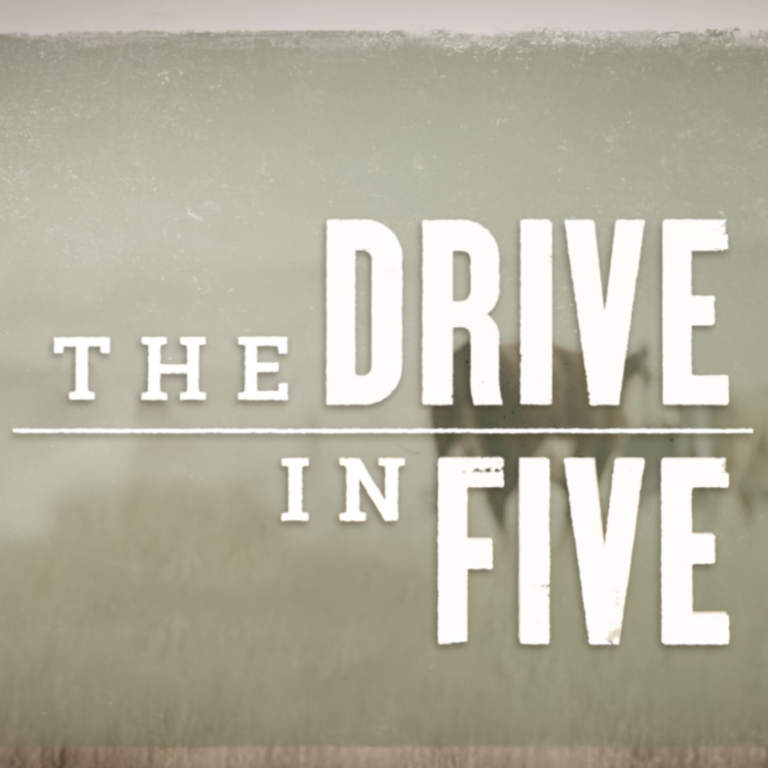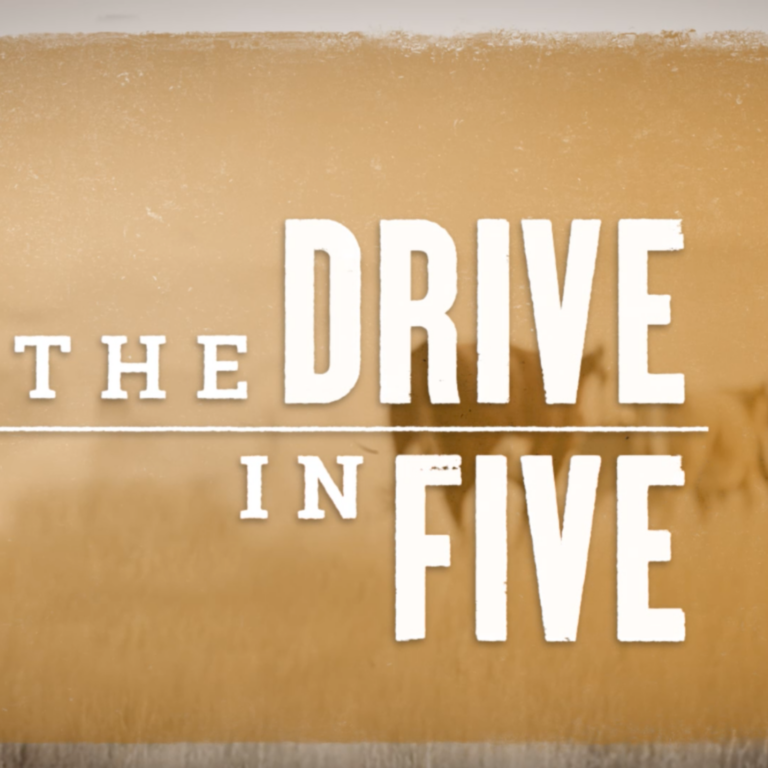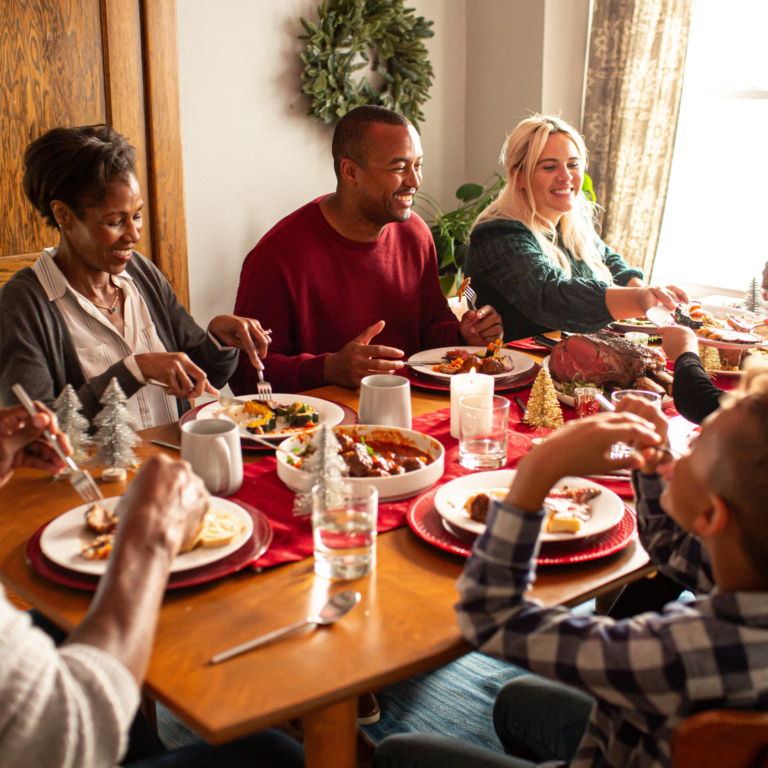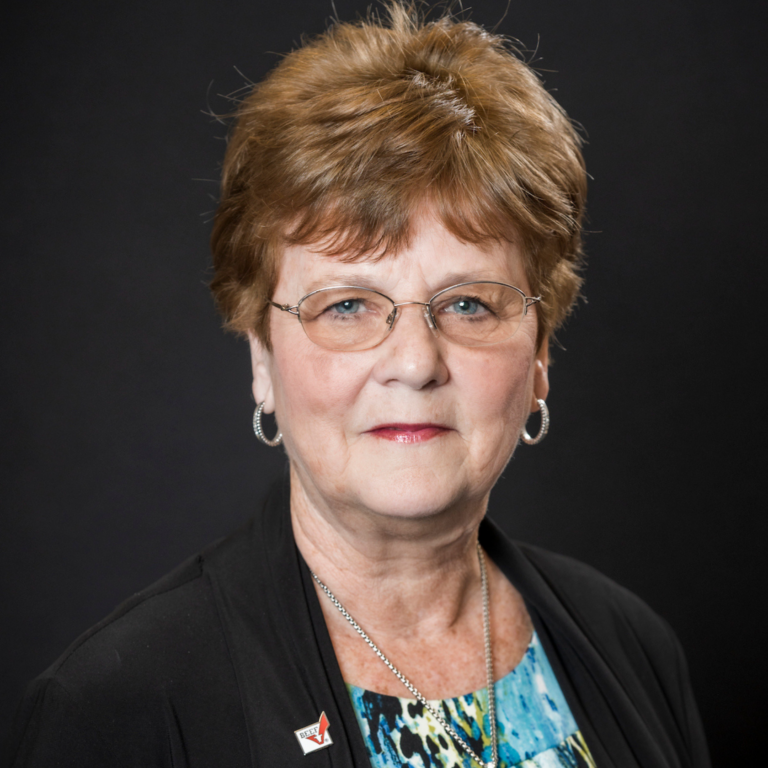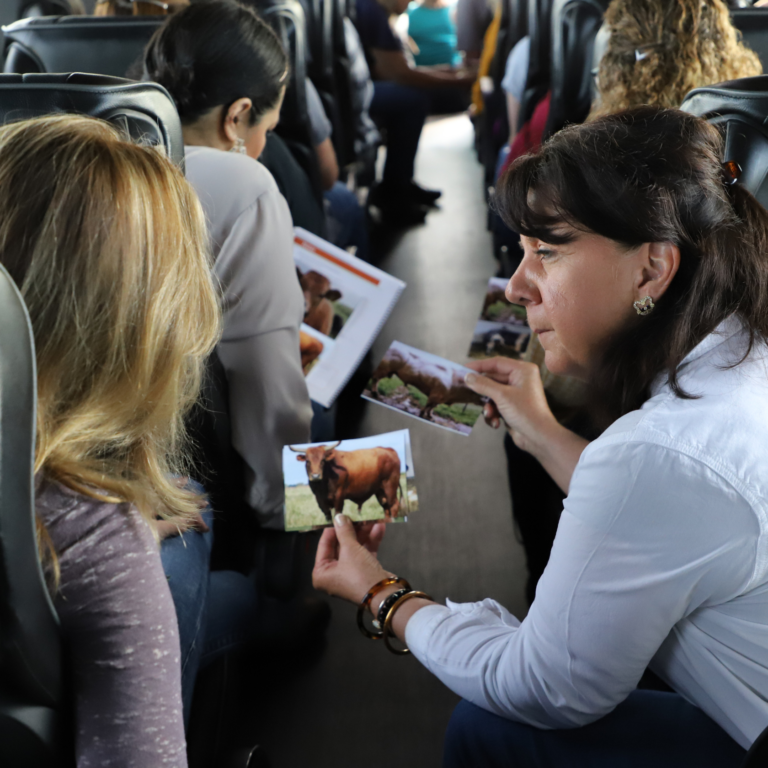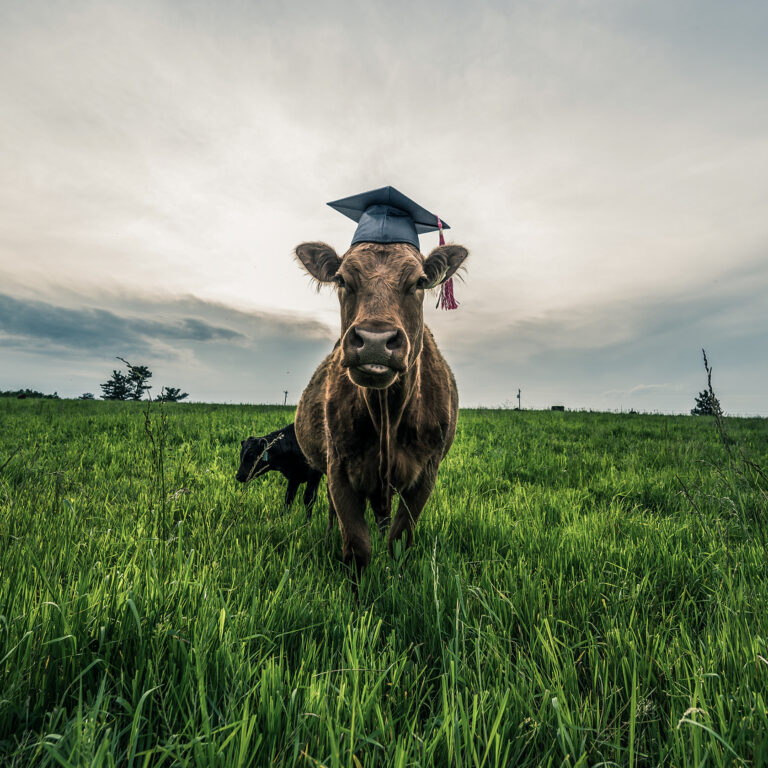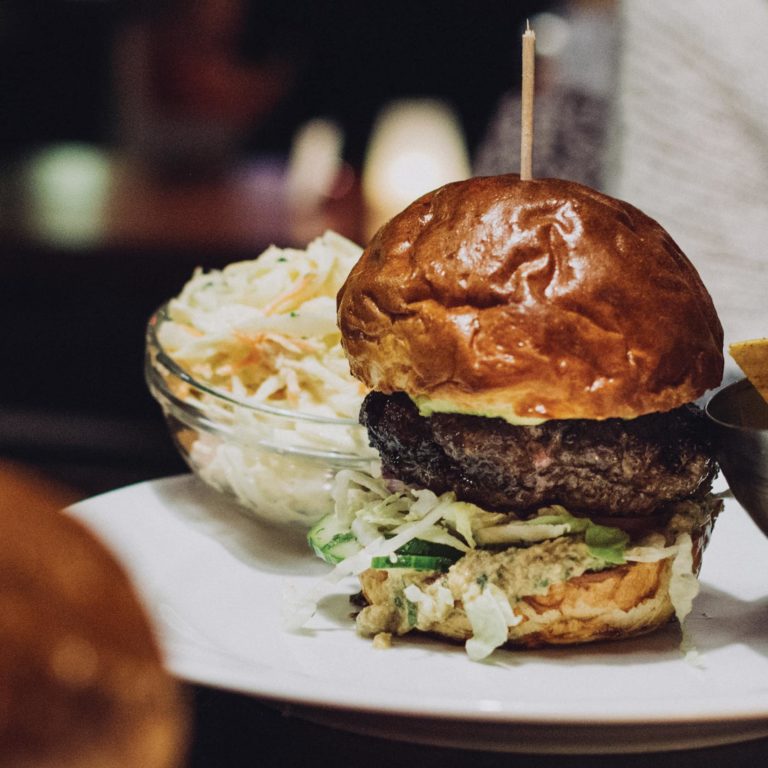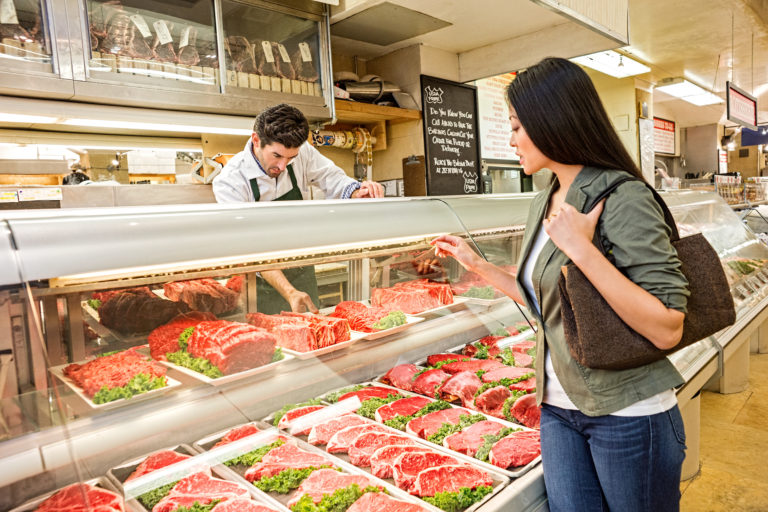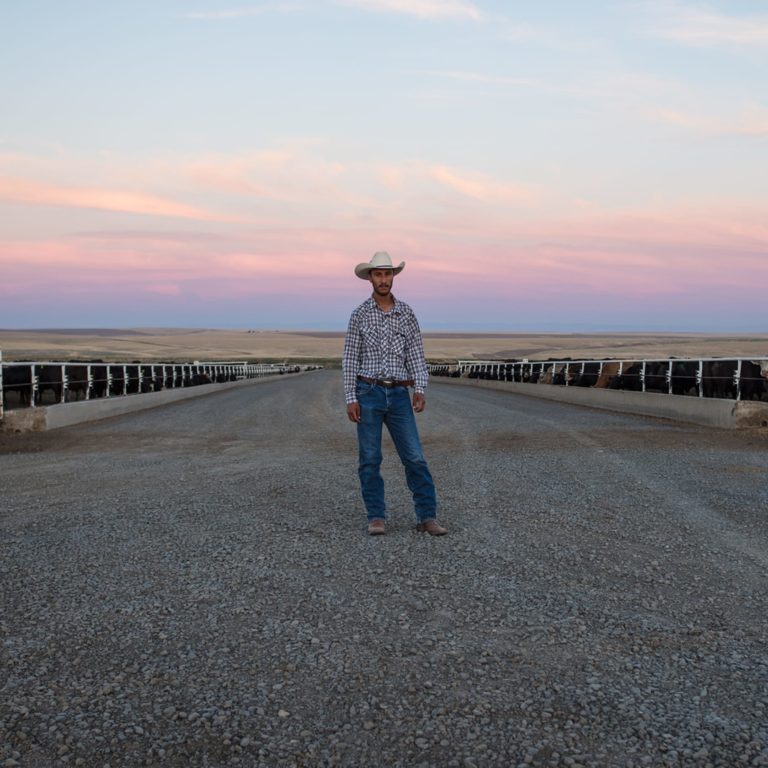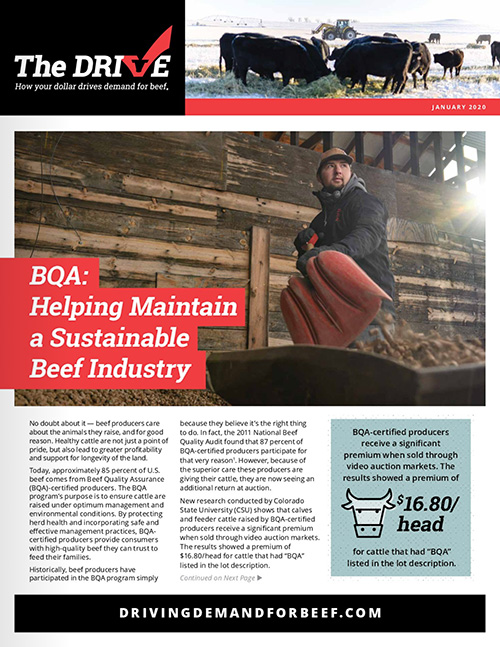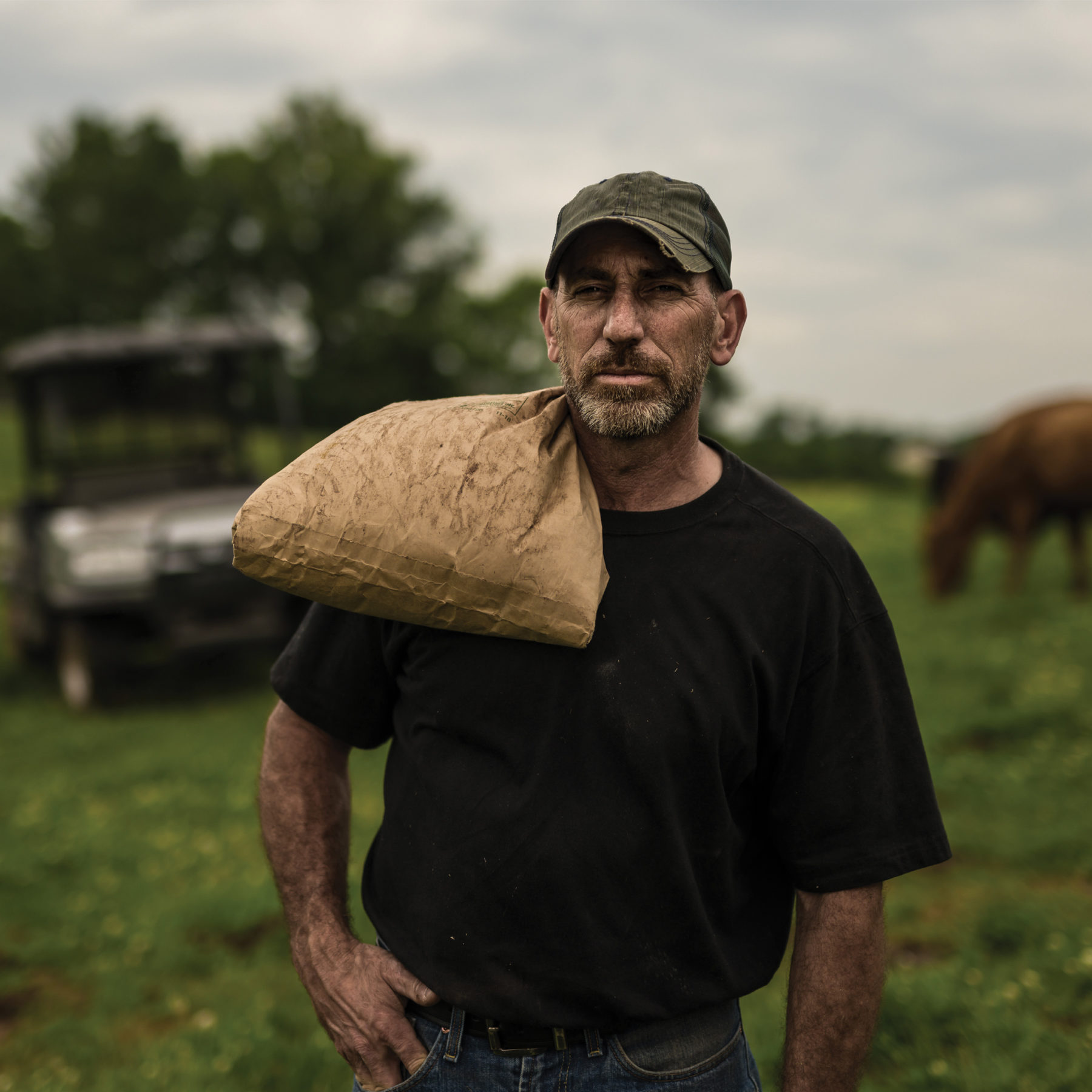
Strengthening Confidence in Beef During Challenging Times
Driving beef demand is the Beef Checkoff’s number one goal. The Checkoff works toward that goal by encouraging beef sales and consumption through a multitude of efforts, initiatives and programs, all executed by beef industry contractors and subcontractors. This past year, in a changing climate with persistent challenges, these innovative organizations shifted their plans quickly to ensure beef demand remained strong.
According to the Checkoff-funded 2020 Consumer Beef Tracker managed by the National Cattlemen’s Beef Association (NCBA), a contractor to the Beef Checkoff, beef perceptions, beef consumption and beef sales are up – how did this happen in a global pandemic? In part, it’s because Beef Checkoff contractors and subcontractors were able to carefully consider the situation, determine alternate courses of action and promote beef in ways that made good sense in a world where travel, in-person gatherings and restaurant meals weren’t possible.
Here are some highlights and examples of how Beef Checkoff contractors and subcontractors maintained and grew consumer confidence in beef throughout the 2020 fiscal year.
American Farm Bureau Foundation for Agriculture (AFBFA): In 2020, AFBFA developed two beef production science-based courses to familiarize students with the beef industry. Both the fall institute and pilot program have been fully executed. Due to the coronavirus, AFBFA pivoted their plans from hosting 10 in-person professional development workshops in urban districts across the country to a virtual, live-streamed experience with two e-learning courses. More than 1,000 teachers from across the U.S. participated in the virtual courses. There was teacher representation from the top 10 largest urban school districts.
Cattlemen’s Beef Board (CBB): To help producers stay informed on how Beef Checkoff contractors’ messages have changed in light of the pandemic, along with other timely contractor news, the CBB added a new webpage, “Beef Checkoff Current Programming Updates,” on DrivingDemandForBeef.com. Also reaching new heights is this newsletter, The Drive, with more than 99,000 subscribers between its printed and e-newsletter editions.
Foundation for Meat and Poultry Research and Education (FMPRE): In 2020, FMPRE initiated five research studies on post-harvest beef safety and processed beef nutrition research agendas. Specific emphasis has been placed on reducing Salmonella and STEC contamination of beef products, as well as how processed beef products can fit into healthy diets identified in the Scientific Report of the 2020 Dietary Guidelines Advisory Committee.
Meat Importer’s Council of America and the Northeast Beef Promotion Initiative (MICA/NEBPI): As life drastically changed in the heavily populated Northeast region during the coronavirus’ peak, NEBPI took a multi-pronged approach to reach consumers with beef messaging. Through influencer relationships and practical beef preparation messaging on multiple digital platforms, NEBPI achieved nearly 680,000 impressions.
National Cattlemen’s Beef Association (NCBA): Protecting beef’s reputation and providing consumers with at-home cooking knowledge were two main strategies during the coronavirus pandemic. NCBA took existing resources and leveraged them to maintain consumer confidence in beef and boost beef consumption. One key tactic executed over the summer was the “United We Steak” campaign, aiming to connect producers and consumers in their shared love of beef. This will be the longest-running and most extensive campaign ever released by Checkoff-funded Beef. It’s What’s For Dinner. The campaign garnered more than 153 million impressions through paid advertising and social media alone.
National Livestock Producers Association and National Institute for Animal Agriculture (NLPA/NIAA): To help consumers understand that healthy animals produce healthy food, NLPA and the Kentucky Beef Council released a new video series Telling Your Antibiotic Story. These videos highlight producers and how they understand the need for careful antibiotic stewardship. Watch the videos at NLPA.org.
North American Meat Institute (NAMI): NAMI strives to boost demand in the veal industry. Through influencer relations and digital marketing tactics, veal product messaging reached more than 1.4 million. NAMI also released veal industry information videos to help consumers learn how veal is raised and engage advocates. These informational videos reached 10.6 million people.
U.S. Cattleman’s Association and Kansas State University (USCA/KSU): The Meat Demand Monitor Project works to understand consumer perceptions of beef and tracks beef demand strength and determinants. Insights show that taste, freshness, safety and price are regularly the most important factors for consumers. This program surveys more than 2,000 U.S. residents monthly.
U.S. Meat Export Federation (USMEF): USMEF is accustomed to change in the international marketplace. With the coronavirus situation varying from country to country, international team members adjusted messaging and tactics by country to continue emphasizing the integrity of U.S. beef. For example, in South Korea, 76 grocery stores participated in U.S. beef product samplings. Sales recordings of U.S. beef in Korea had already experienced an 18 percent sales increase from January through May.
The Beef Checkoff program was established as part of the 1985 Farm Bill. The checkoff assesses $1 per head on the sale of live domestic and imported cattle, in addition to a comparable assessment on imported beef and beef products. States may retain up to 50 cents on the dollar and forward the other 50 cents per head to the Cattlemen’s Beef Promotion and Research Board, which administers the national checkoff program, subject to USDA approval.















